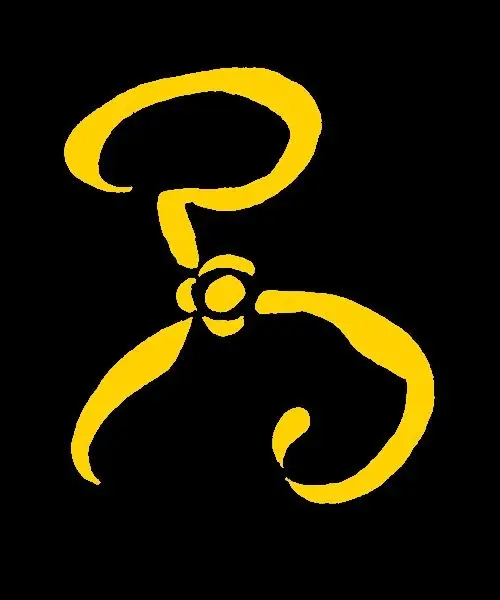

They’re the same picture.


They’re the same picture.
Depends on your frame of reference. When traversing the surface of a globe, your described concept of a straight line isn’t intuitive.


This really makes me grin, as I’ve argued these “theological debates” on multiple sides depending on which splatbook I’m into at the time. I’ve definitely been on both sides of the Caine vs Prime Archmage debate.
Do they have a different tattoo or are you referring to the one circling their arm? It looks like the inscription on the One Ring to me, though I definitely could be wrong.
It’s a difficult one to rule, as suddenly being meticulous about positioning and line of sight telegraphs that the players should suddenly be focused on these things. I usually just have them roll luck or try to perceive the threat before they accidentally trigger its ability. If they fail, they get a Medusa blast
There are just so many quests in the Lower City, and they’re all great.
“Depression is a myth; tidy your room. Also, I’ve been clinically depressed for my whole adult life and I shamble from one crisis to another.”


It’s been a while since I’ve run D&D but there’s some info to be gleaned from how Pathfinder runs swarms. My procedure is based off of some PF2e rules together with some house rulings for off the cuff swarms, and is intended to be quick, minimising admin and adding some exciting flavour to the encounter:
Choose your creature(s) which occupy the swarm
Set the AC to the lowest AC among creatures in the swarm
Don’t worry about the precise number of creatures in a swarm. Just do it based on size. If you want a rough idea of how many creatures fit into a swarm of a certain size, have 4-6 creatures of the same size occupy a space one size category larger. 4-6 groups of creatures of a certain size form a group of one size category larger.
Take average HP of the most populous creature in the swarm. For each size category the swarm is above that creature’s size category, multiply that average HP by 4.
Characters can occupy the same space as the swarm with no penalty
Any creature sharing space with the swarm is automatically hit, assign damage based on the median among damage values in the swarm (5 snakes and 8 kobolds, probably does the damage of a kobold. Could roll luck to see if they take a random venomous bite)
Swarms are immune to grapple, restrained, prone, etc. Swarms are vulnerable to area spells.
Optional: Mind altering magic could affect a swarm hive mind as if the swarm is a single creature. This is completely discretionary. You could probably manipulate a swarm of bees with a single charm spell, but not a city-spanning mob.
Optional: Give resistance to B/P/S damage. If a significant number of creatures in the swarm have a resistance (down to your judgement), add that resistance to the swarm.
Optional: Characters in the middle of a swarm could probably swing wildly and hit something. Give players advantage if they are attacking the swarm while stood in the swarm
Optional: Be narrative about the health of the swarm. Every so often mention one or two of the swarm falling dead or disengaging from the conflict.
Sorry but that knife screams “mall ninja.”